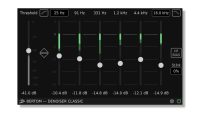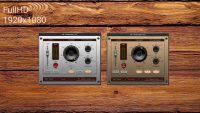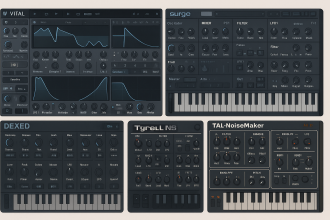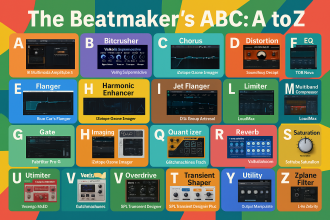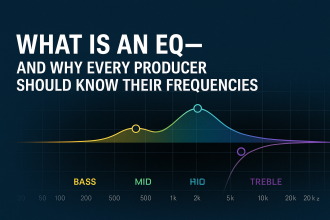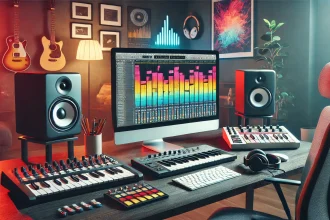The Secret Technique to Boost Your Drums
Introduction: Why Drums Need Extra Power
Drums are the backbone of almost every modern track. Whether it’s house, pop, hip-hop, or rock, punchy and energetic drums can make or break a mix. Yet, achieving that perfect balance—where drums hit hard without overpowering everything else—can be tricky.
This is where parallel compression, often nicknamed “New York compression,” comes into play. It’s a professional mixing technique that helps you achieve powerful, punchy, and controlled drums while keeping their natural dynamics alive.
- Introduction: Why Drums Need Extra Power
- What Is Parallel Compression?
- Why Parallel Compression Works So Well on Drums
- Step-by-Step: How to Apply Parallel Compression to Drums
- 1. Create a Duplicate or Bus
- 2. Choose the Right Compressor
- 3. Dial in Heavy Compression
- 4. Blend With the Dry Signal
- Creative Variations
- Common Mistakes to Avoid
- Parallel Compression vs. Standard Compression
- Final Thoughts: Unlocking Professional Drum Power
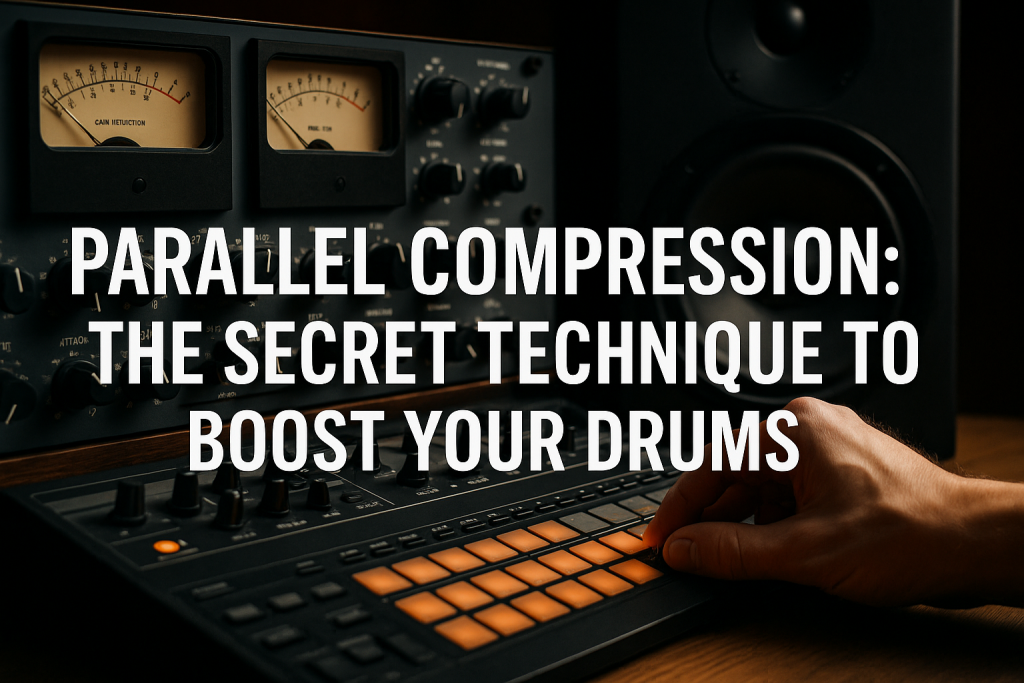
What Is Parallel Compression?
Parallel compression works by blending two signals together:
- the dry, uncompressed signal (your original drums, with all their dynamics),
- and a heavily compressed signal (a duplicate track squashed by aggressive compression).
When combined, this technique allows the drums to retain their natural attack while adding body, sustain, and weight. The result is punch without sacrifice.
Why Parallel Compression Works So Well on Drums
Drums naturally produce sharp transients (the attack of the kick, snare, or hi-hat) followed by quick decays. Standard compression often reduces these transients, making drums sound flat.
Parallel compression solves this problem by:
- Preserving dynamics → your dry track keeps the transients intact.
- Adding density → the compressed track fills in the body of the sound.
- Maintaining clarity → you avoid the “squashed” effect of over-compression.
This is why top engineers rely on it for mixes that need energy on the dancefloor and impact on radio.
Step-by-Step: How to Apply Parallel Compression to Drums
1. Create a Duplicate or Bus
- Route your drum mix to a send/aux bus.
- On that bus, insert a compressor plugin.
2. Choose the Right Compressor
Almost any compressor works, but popular choices include:
- 1176 emulations (fast attack, aggressive character)
- SSL Bus Compressor (classic punchy glue)
- FabFilter Pro-C 2 (link)
3. Dial in Heavy Compression
- Ratio: 8:1 or higher
- Attack: fast (to squash peaks)
- Release: medium to fast (to add sustain)
- Threshold: low enough to really clamp down
The goal isn’t transparency—the parallel path should sound over-compressed.
4. Blend With the Dry Signal
- Slowly raise the volume of the compressed signal under the dry track.
- Find the “sweet spot” where the drums sound thicker and more powerful, but still natural.
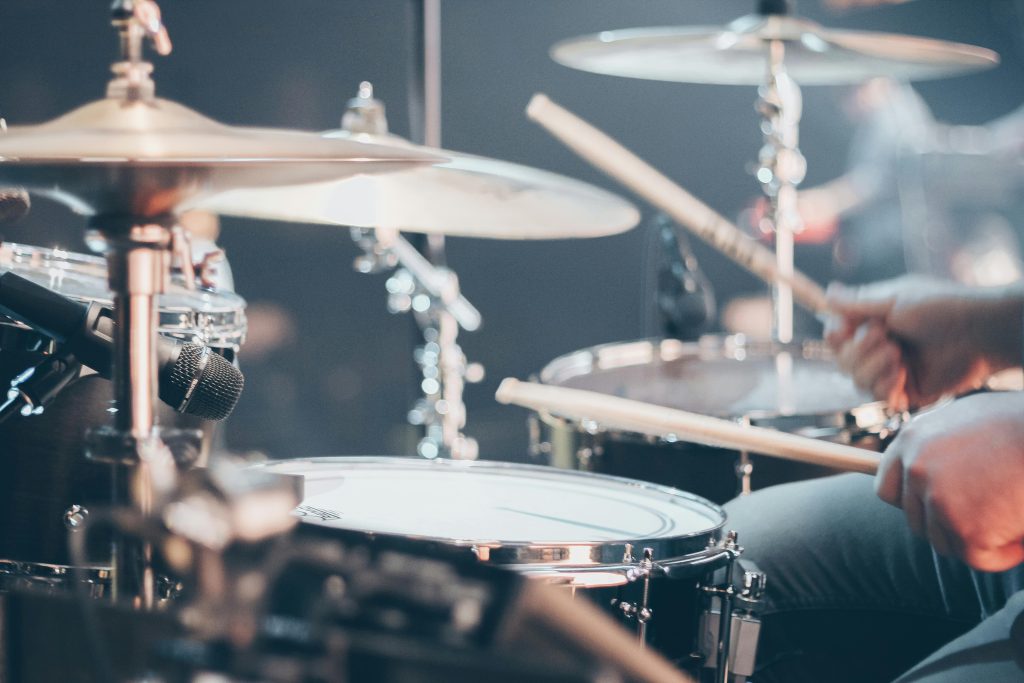
Creative Variations
- Kick Only: Apply parallel compression just to the kick for more club weight.
- Snare Focus: Crush only the snare for rock and pop mixes.
- Drum Bus Glue: Use it across the entire drum bus for an aggressive, “radio-ready” sound.
- Sidechain Tricks: Blend in parallel compression with sidechain effects for EDM punch.
Common Mistakes to Avoid
- Over-blending → too much compressed signal makes drums sound unnatural.
- Wrong release times → if the compressor “chokes” the groove, adjust release.
- Ignoring phase issues → always check phase alignment between dry and wet signals.
- Forgetting context → test your drums in the full mix, not soloed.
Parallel Compression vs. Standard Compression
- Standard compression → controls dynamics but reduces transients.
- Parallel compression → keeps transients alive while adding body.
In practice, most pros use both. Light compression on the main track, heavy parallel compression underneath, equals punch + control.
Final Thoughts: Unlocking Professional Drum Power
Parallel compression is not just a “secret hack.” It’s a core mixing technique used by engineers from New York to Los Angeles to London. When used correctly, it transforms weak, thin drums into the beating heart of a track—loud, punchy, and full of life.
Whether you’re producing in a bedroom studio or a professional setup, mastering parallel compression can be the difference between amateur-sounding drums and club-ready power.
![]()






